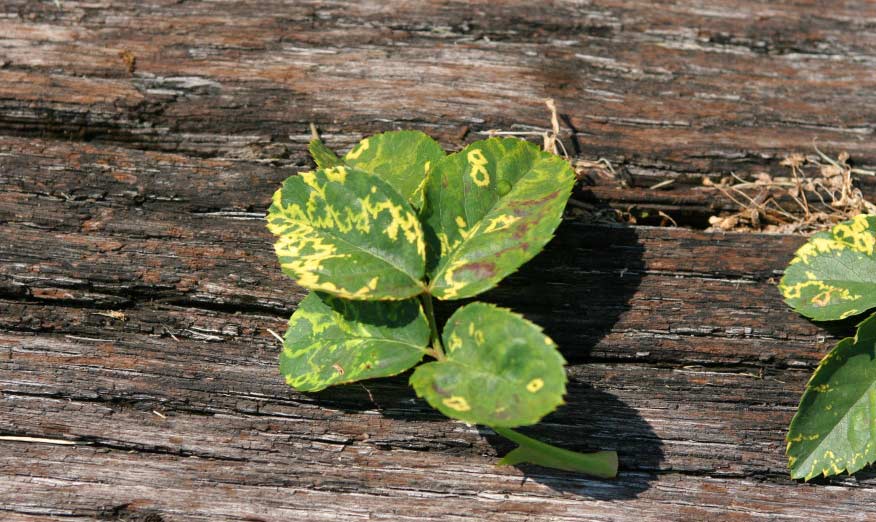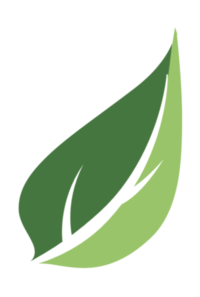Prunus necrotic ringspot virus (PNRSV) is a viral disease most well-known for the catastrophic symptoms it can inflict on the more than 430 species within the genus Prunus. Some of the most notable commercial crops affected by PNRSV include almonds, peaches, apricots, and cherries. However, the virus can also be found in species of other genuses, such as roses, sunflowers, hops, blackberries, and raspberries.
PNRSV is practically universal in its distribution due to the ease with which it is transmitted.
The virus is most readily spread by pollen from infected plants—whether carried by honeybees or wind currents—resulting in infected seeds. However, seeds can pick up the virus from both infected pollen grains and plant ovules. Even grown plants can be infected by the disease when flower blossoms are fertilized by infected pollen. Thrips are also known to transmit the disease.
Given the above, it should not be surprising that PNRSV can sweep through entire crops and nurseries, particularly when infected plants are used as a source of cuttings or root stock. PNRSV is present throughout all six inhabited continents.
Symptoms of PRNSV can vary, but typically produce visible malformation of leaves and overall stunting of growth.
PRNSV infection symptoms commonly include necrotic ringspots (“shot holes”), wrinkling and malformation of leaves, scaly growths on leaves known as “enations,” and yellowing and mosaic patterning of leave surfaces. In stone fruit and nut trees—peaches, cherries, almonds, etc.—other symptoms can include reductions in yields and fruit sizes, pitting of fruit surfaces and delayed maturation, increased susceptibility to cold weather, and death of buds and roots.
The disease can be difficult for growers to diagnose. Infected trees will sometimes display obvious symptoms one year, and then remain seemingly disease-free for several years before symptoms reoccur.

Controlling the spread of PNRSV is nearly impossible, but careful appraisal of nursery stock and appropriate nutrition can help.
PNRSV is nearly ubiquitous in the United States due to the ease with which the virus is transmitted. This makes it impractical (if not impossible) to control the disease by identifying and removing infected trees and plants (“roguing”). In cases where infection is extreme, it may be necessary to completely remove an orchard.
Where possible, when starting a new orchard, select plant stock that has been tested and certified as being free of PNRSV and other diseases. Try to establish plantings in larger blocks, and at a distance from other orchards.
As with many viral diseases, the symptoms of PNRSV are more evident during periods of stress produced by exposure to circumstances such as:
- Chilling hours in the spring which are too irregular or insufficient to completely break dormancy.
- Inadequate nutrition
- Heavy cropping
- Very hot summertime temperatures
Growers can reduce the expression of symptoms with stress-free irrigation, crop load management, and appropriate nutrition.




